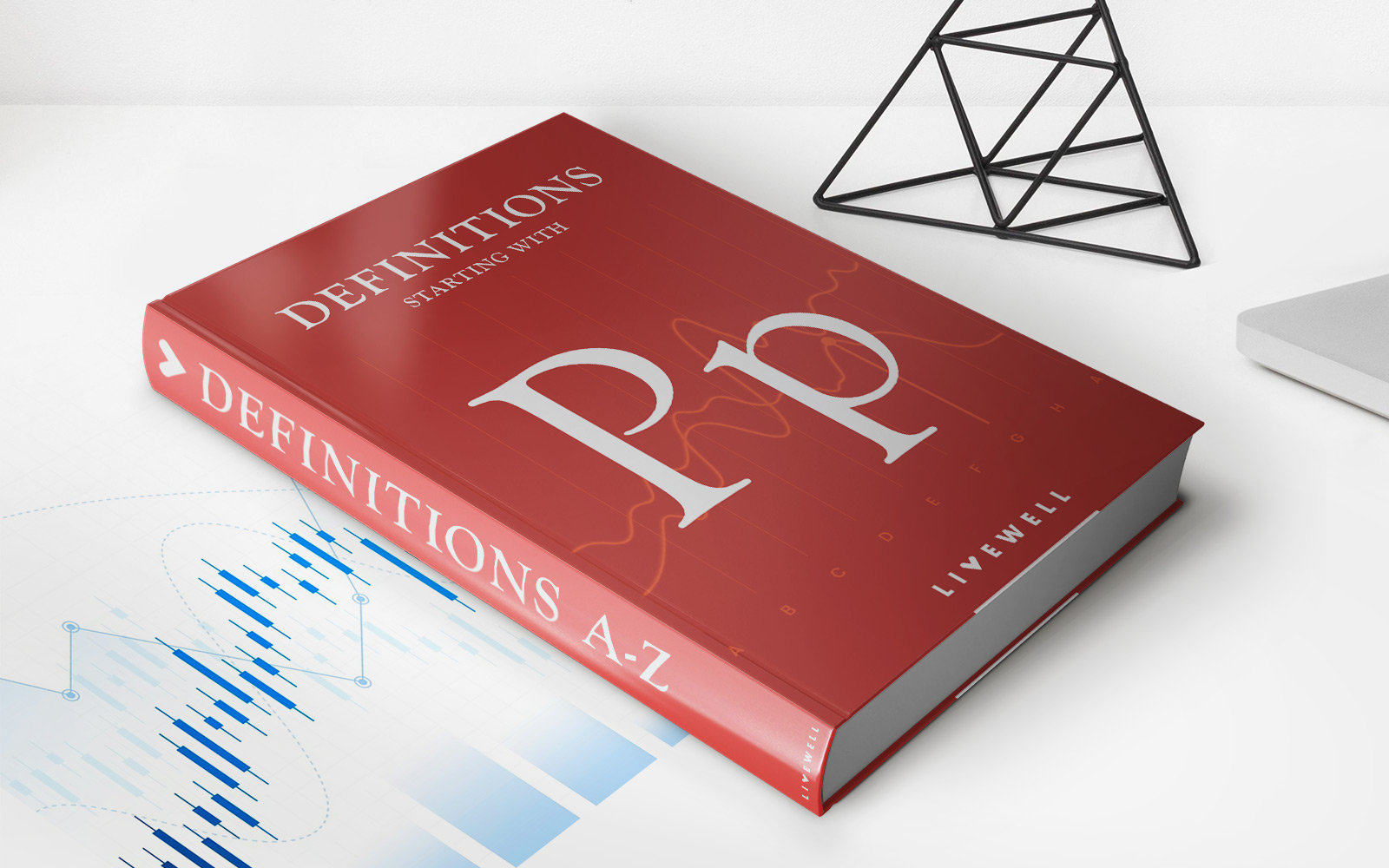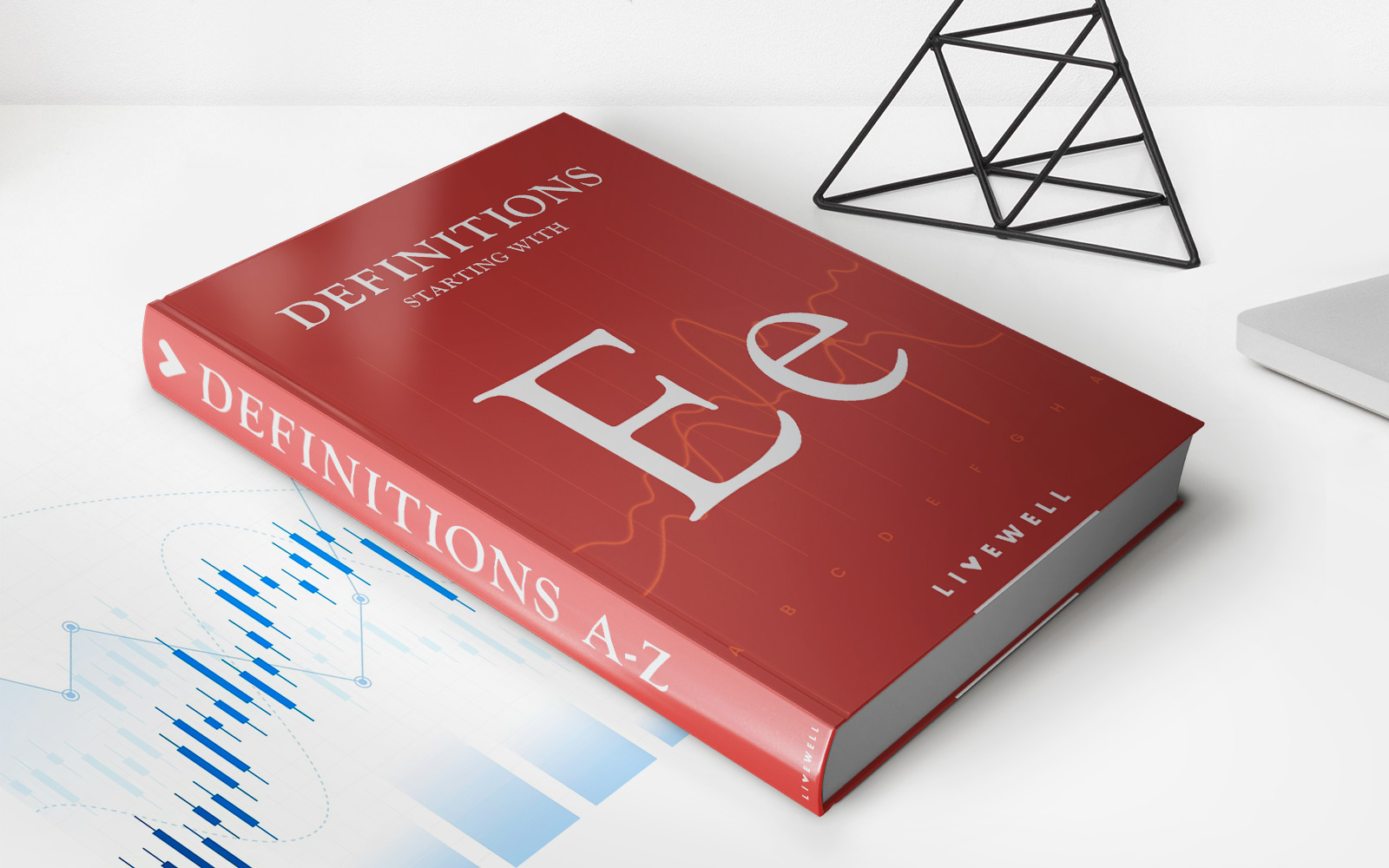Home>Finance>Present Value Interest Factor (PVIF): Formula And Definition


Finance
Present Value Interest Factor (PVIF): Formula And Definition
Published: January 10, 2024
Learn the formula and definition of Present Value Interest Factor (PVIF) in finance. Understand how PVIF is used to calculate the value of future cash flows.
(Many of the links in this article redirect to a specific reviewed product. Your purchase of these products through affiliate links helps to generate commission for LiveWell, at no extra cost. Learn more)
Present Value Interest Factor (PVIF): Formula and Definition
Welcome to our “Finance” category, where we explore different aspects of the financial world to help you make informed decisions. Today, we are diving into the concept of Present Value Interest Factor (PVIF), a fundamental tool that can assist you in calculating the current value of future cash flows. Whether you are a finance professional or someone looking to understand the dynamics of investments, this blog post will provide you with a clear understanding of PVIF and its formula.
Key Takeaways:
- PVIF is used to determine the present value of a future cash flow by discounting it using a specific interest rate.
- The formula for PVIF is: PVIF = 1 / (1 + r)^n, where r represents the interest rate and n represents the number of periods.
Now, let’s delve deeper into the world of PVIF and explore its formula and definition.
What is Present Value Interest Factor (PVIF)?
Present Value Interest Factor (PVIF) is an essential concept in finance that helps us understand the current value of future cash flows. It allows us to calculate how much a particular amount to be received in the future is worth today, taking into consideration the time value of money. By applying PVIF, we can adjust the future cash flows to their present value, providing a common basis for comparison.
To put it simply, PVIF answers the question: “What is the current value of a future cash flow?” It helps us understand the worth of an investment or a sum of money that we will receive in the future, based on the interest rate and the time period involved.
The Formula for PVIF
The formula for Present Value Interest Factor (PVIF) is straightforward but powerful. It can be represented as:
PVIF = 1 / (1 + r)^n
Where:
- PVIF represents the present value interest factor.
- r is the interest rate per period.
- n denotes the number of periods.
By plugging in the appropriate values for r and n into the formula, we can calculate the PVIF and determine the present value of our future cash flow.
Let’s take a hypothetical example to illustrate the concept. Suppose you have an opportunity to invest $1,000 in a project that promises a 5% return per year for the next three years. Using the PVIF formula, we can calculate the present value of the future cash flows as follows:
- First, we need to convert the interest rate from a percentage to a decimal. So, 5% becomes 0.05.
- Next, we substitute the values into the formula:
PVIF = 1 / (1 + 0.05)^3
Now, we can solve the equation:
PVIF = 1 / (1.05)^3
PVIF = 1 / 1.157625
PVIF ≈ 0.863837
This means that the present value of the future cash flows is approximately $863.84. Therefore, investing $1,000 today in this project with a 5% return per year for three years would yield a present value of around $863.84.
In Conclusion
Understanding Present Value Interest Factor (PVIF) is crucial for any individual or organization involved in finance. It helps us assess the current value of future cash flows, enabling us to make informed investment decisions and compare different opportunities. By using the simple yet powerful PVIF formula, we can evaluate the worth of an investment and ascertain its present value.
Now that you are familiar with PVIF, take advantage of this valuable tool to analyze investment prospects, project cash flows, and make informed financial decisions. Remember, the time value of money is a vital aspect in finance, and PVIF empowers us to navigate this concept with ease.














